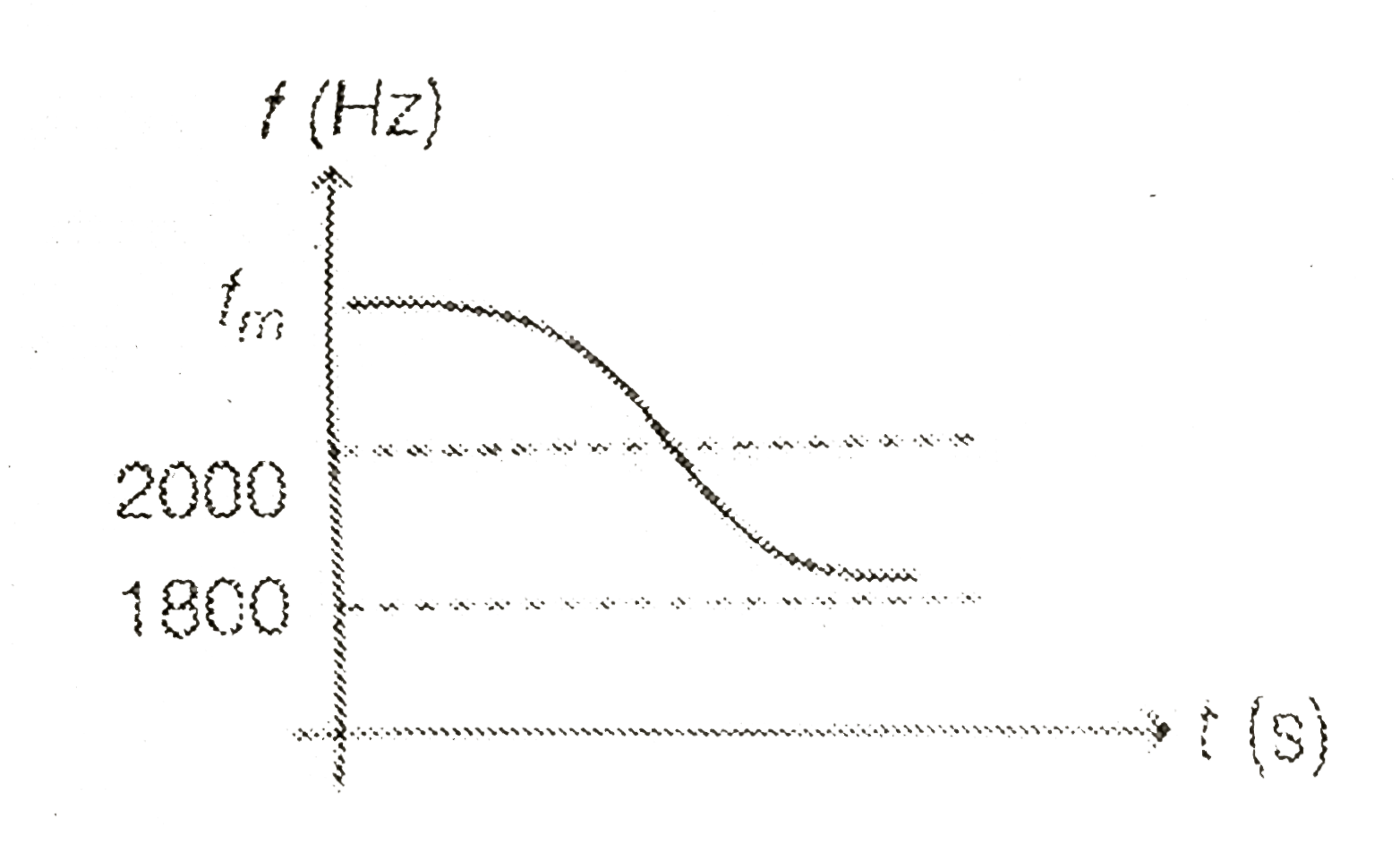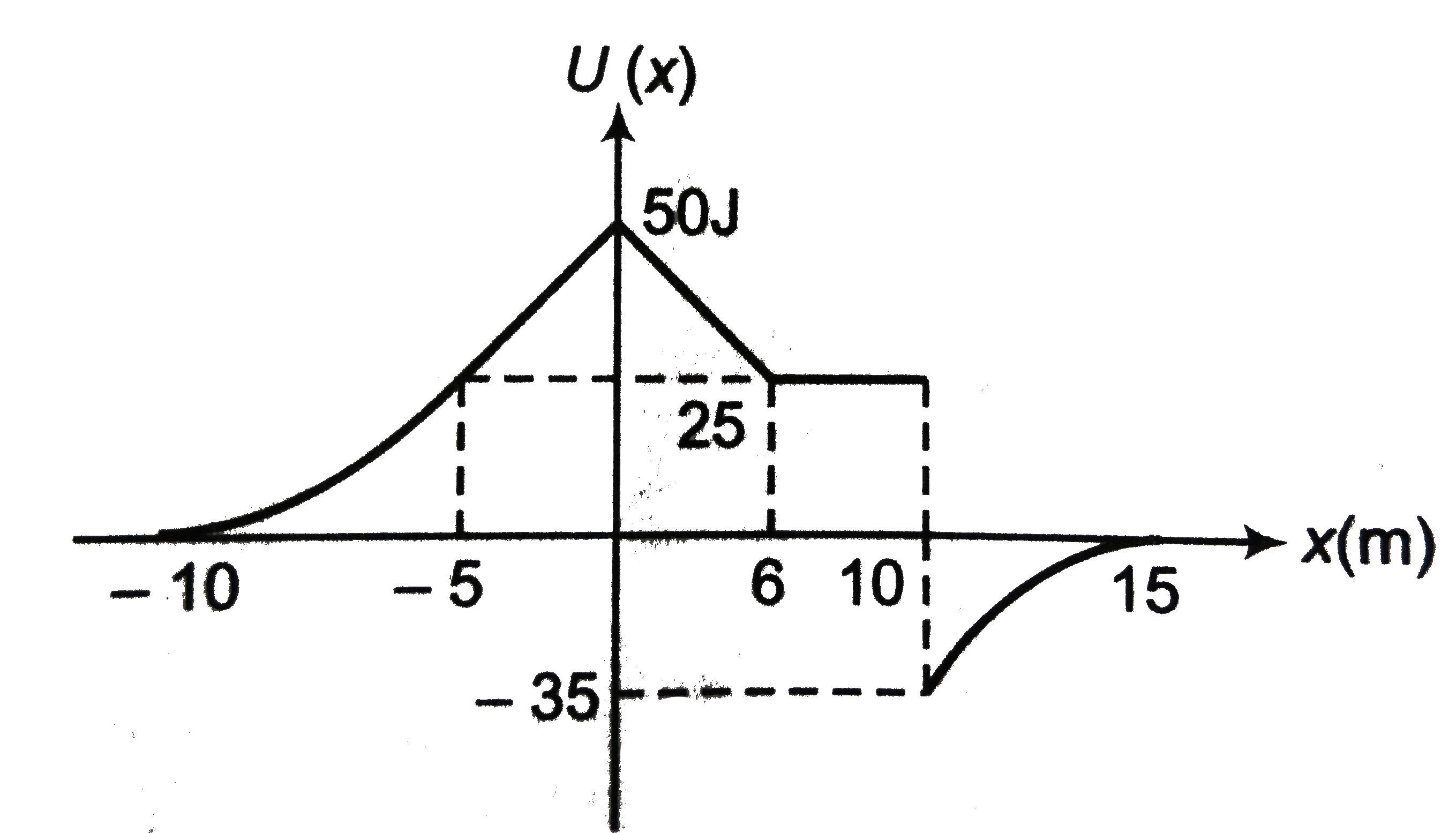A string, fixed at both ends, vibrates in a resonant mode with a separation of 2.0 cm between the consecutive nodes. For the next higher resonant frequency, this separation is reduced to 1.6 cm. Find the length of the string.
4.0cm
8.0cm
12.0cm
16.0cm
The correct Answer is:B
Step by step video solution for A string, fixed at both ends, vibrates in a resonant mode with a separation of 2.0 cm between the consecutive nodes. For the next higher resonant frequency, this separation is reduced to 1.6 cm. Find the length of the string. by Physics experts to help you in doubts & scoring excellent marks in Class 11 exams.
Updated on:21/07/2023Topper's Solved these Questions
- WAVE MOTIONBOOK - DC PANDEY ENGLISHCHAPTER - WAVE MOTIONEXERCISE - ONLY ONE OPTION IS CORRECT
62 Videos
- WAVE MOTIONBOOK - DC PANDEY ENGLISHCHAPTER - WAVE MOTIONEXERCISE - More Than One Option is Correct
23 Videos
- WAVE MOTIONBOOK - DC PANDEY ENGLISHCHAPTER - WAVE MOTIONEXERCISE - Subjective Questions
2 Videos
- VECTORSBOOK - DC PANDEY ENGLISHCHAPTER - VECTORSEXERCISE - Medical enrances gallery
9 Videos
- WORK, ENERGY & POWERBOOK - DC PANDEY ENGLISHCHAPTER - WORK, ENERGY & POWEREXERCISE - Level 2 Comprehension Based
2 Videos
Similar Questions
The frequency of sonometer wire is f. The frequency becomes f/2 when the mass producing the tension is completely immersed in water and on immersing the mass in a certain liquid, frequency becomes f/3. The relative density of the liquid is
View SolutionA stationary observer receiver a sound of frequency f0=2000Hz .Sourece is moving with constant velocity on a road at some non-zero prependicular distance from observer . The apparent frequncy f varies with times as show in figure . Speed of sound =300m/s. Find the maximum apparent frequency.

View SolutionTwo long strings A and B, each having linear mass density 1.2×10−2kgm−1, are stretched by different tensions 4.8 N and 7.5 N respectively and are kept parallel to each other with their left ends at x = 0. Wave pulses are produced on the strings at the left ends at t = 0 on string A and at t = 20 ms on string B. When and where will the pulse on B overtake that on A ?
View SolutionIf the magnitude of sum of two vectors is equal to the magnitude of difference of the two vector, the angle between these Vector is
View SolutionThe figure shows the variation of potential energy of a particle as a function pf x, the x-coordination of the region. It has been assumed that potential energy depends only on x. For all other values x,U is zero. i.e. forx<−10 and x>15,U=0.

If total mechanical energy of the particle is 25J, then it can found in the region
View SolutionA string, fixed at both ends, vibrates in a resonant mode with a separation of 2.0 cm between the consecutive nodes. For the next higher resonant frequency, this separation is reduced to 1.6 cm. Find the length of the string.
View SolutionA 20 cm long string, having a mass of 1.0g , is fixed at both the ends. The tension in the string is 0.5 N . The string is into vibrations using an external vibrator of frequency 100 Hz . Find the separation (in cm) between the successive nodes on the string.
View SolutionA string is stretched betweeb fixed points separated by 75.0cm. It observed to have resonant frequencies of 420Hz and 315Hz. There are no other resonant frequencies between these two. The lowest resonant frequency for this strings is
View SolutionA string fixed at both ends vibrates in a resonant mode with a separation of 2.0cm between the consecutive nodes. For the next higher resonants frequecy this separation to 1.6cm. The length of the string is
View SolutionA uniform string fixed at both ends vibrates in a resonant mode with a separation of 2.0 cm between the consecutive nodes. For next higher resonant frequency, this separation is reduced to 1.6 cm. The length of the string is
View SolutionA string of length 1m and mass 5g is fixed at both ends. The tension in the string is 12.5 N. The string is set into vibration using an external vibrator of frequency 100 Hz. The separation between successive nodes on the string (in m) is ______ .
View SolutionA 20 cm long string, having a mass of 1.0 g, is fixed at both the ends. The tension in the string is 0.5 N. The string is set into vibrations using an external vibrator of frequency 100 Hz. Find the separation (in cm) between the successive nodes on the string.
View SolutionA string is stretched between fixed points separated by 75.0cm. It is observed to have resonant frequencies of 420Hz and 315Hz. There are no other resonant frequencies between these two. Then, the lowest resonant frequency for this string is
View SolutionA 20 cm long string, having a mass of 1 . 0 g is fixed at both the ends. The tension in the string is 0 . 5 N . The string is set into vibration using an external vibrator of frequency 10 Hz . Find the separation (in cm) between the successive nodes on the string .
View SolutionA string is stretched between fixed points separated by 75 cm. It is observed to have a resonant frequencies of 420 Hz and 315 Hz. There are no other resonant frequences between these two. Then the lowest resonant frequency for this string is :
View SolutionA 20 cm long string, having a mass of 1.9 g, is fixed at both the ends. The tesion in the string is 0.5 N. The string is set into vibrations using an external vibrator of frequency 100 Hz. Find te separation (in cm ) between the successive nodes on the string .
View Solution

